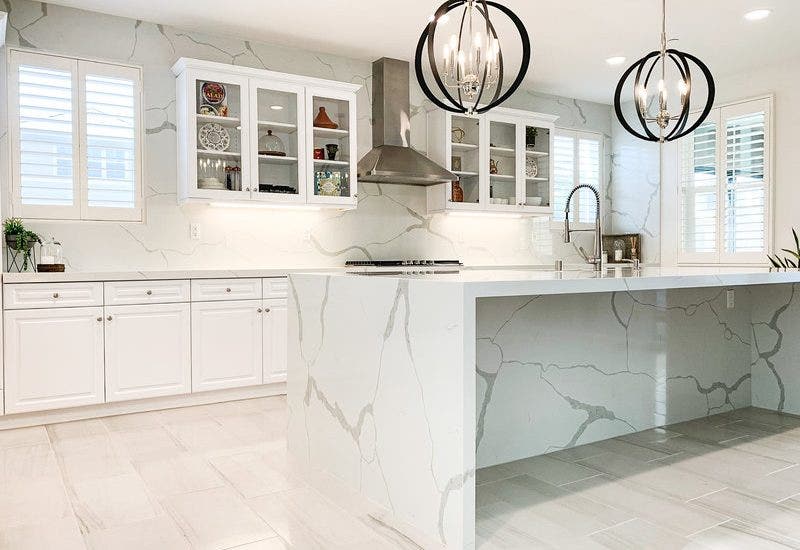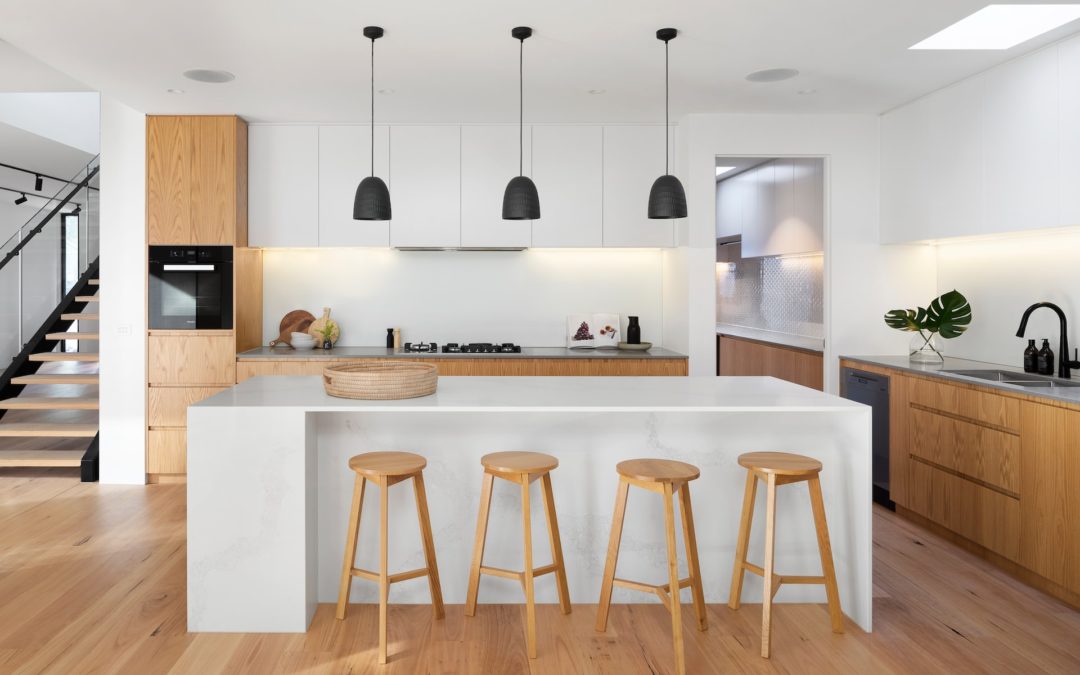The kitchen is the heart of the home, and a beautiful, functional floor can make all the difference. But what if those gorgeous cabinets you love are standing in the way of your dream flooring? Can you replace a kitchen floor without removing cabinets? The answer, thankfully, is often yes! It’s a daunting prospect, but with the right planning and strategy, you can achieve a stunning new kitchen floor without major disruptions to your kitchen’s structure.

Image: www.prolinerangehoods.com
Replacing a kitchen floor without removing cabinets may seem impossible, but it’s actually a more common practice than you might think. Whether you’re considering replacing worn-out tile or outdated linoleum, there are ways to tackle this renovation with minimal cabinet removal. It all comes down to careful planning, the right tools, and a bit of creativity. This article will guide you through the pros and cons of this approach and explore various methods to make it a reality.
Understanding the Challenges and Opportunities
Replacing a kitchen floor without removing cabinets comes with its own set of challenges and rewards. On the one hand, removing cabinets is time-consuming and often requires professional help. It can also lead to potential damage to the cabinets themselves. On the other hand, if you can successfully manage the task without removing cabinets, you can save time, money, and reduce the disruption to your kitchen.
The biggest obstacle is often the proximity of the cabinets to the walls. For floors that are flush against the cabinets, it can be challenging to achieve a seamless transition between the new flooring and the existing cabinetry. This is where careful planning and a bit of finesse come into play.
Factors to Consider Before You Start
Before you jump into the project, consider these key factors:
- Flooring type: Some flooring types, like sheet vinyl, are easier to work with around cabinets than others, like large format tile.
- Cabinet size and style: Consider the height of the cabinets, the presence of toekick panels, and the overall design of your cabinets.
- Layout: How much space is there between the cabinets and the walls?
- Skill Level: Are you comfortable with basic DIY renovations or will you need professional help?
Methods to Replace a Kitchen Floor Without Removing Cabinets
While there’s no one-size-fits-all approach, here are some proven techniques to tackle this challenge:

Image: steinerhomesltd.com
1. Flooring Options that Work Well Around Cabinets
- Luxury Vinyl Plank (LVP): LVP is a popular choice for kitchen floors because it’s durable, waterproof, and easy to install. Its ease of cutting makes it ideal for navigating around cabinets.
- Sheet Vinyl: This flooring is known for its affordability and ability to be glued down. Its flexibility allows for easier installation around cabinets.
- Engineered Hardwood: Engineered hardwood can be a good option if you’re looking for the look of real hardwood. However, it can be more challenging to cut and install around cabinets.
2. Planning and Preparation are Key
Even the best flooring can be a nightmare to work with if you don’t plan carefully. Here’s what to consider:
- Measure Twice, Cut Once: Accurate measurements are crucial, especially when working with limited space.
- Consider the Toe Kick: Decide how you are going to manage the toe kick. Will you be removing it or installing flooring under it?
- Plan for Transitions: If you are installing flooring in multiple areas of your kitchen, consider how the transitions will look.
3. Techniques for Seamless Installation:
Installing new flooring around cabinets requires patience and precision:
- Start at the furthest point from the cabinets: This allows you to work backward and minimize waste.
- Use a Utility Knife: This allows for precise cutting around curves and corners.
- Don’t be afraid to use a chisel: In some cases, you may need to chisel a small groove in the flooring to fit it around cabinets.
4. Finishing Touches:
After installing the flooring, there are a few additional steps to consider:
- Caulk: Use caulk to seal the gaps between the floor and the cabinets.
- Trim: Consider adding trim pieces—such as shoe molding—to create a seamless transition between the new floor and the cabinets.
Tips From an Expert DIYer
Here are some tips from a seasoned DIYer to help you navigate this project with success:
- Take your time: Rushing the installation can lead to mistakes and frustration.
- Don’t be afraid to ask for help: If you feel overwhelmed, ask a friend or family member to assist you.
- Be prepared for unexpected challenges: Every kitchen is different, so you may encounter unexpected obstacles.
- Trust your instincts: If you feel like something isn’t working, stop and reassess.
FAQs
Here are some common questions about kitchen flooring installations:
Q: Are there any situations where removing the cabinets is necessary?
A: Yes, there are a few situations where removing cabinets might be necessary. If the new flooring is significantly thicker than the old flooring, you may need to remove cabinets to ensure proper alignment. Also, if you have cabinets that are very old and in poor condition, you might want to take the opportunity to remove them while you’re renovating the floor.
Q: How do I know what type of flooring is best for my kitchen?
A: The best type of flooring for your kitchen depends on your individual needs and preferences. Consider factors like traffic, lifestyle, and budget. For high-traffic areas, durable options like tile or LVP are good choices. If you want a more natural look, engineered hardwood is a great option.
Q: How can I find a professional to help me with a kitchen floor renovation?
A: If you’re not comfortable tackling this project yourself, there are many qualified professionals who can help. Look for local flooring specialists or general contractors who specialize in kitchen renovations.
Can You Replace A Kitchen Floor Without Removing Cabinets
Conclusion:
Replacing a kitchen floor without removing cabinets is a challenging but achievable DIY project. By carefully planning, selecting the right flooring, and following expert tips, you can create a beautiful and functional kitchen floor without major disruptions.
Are you thinking about tackling this project yourself? Tell us about your kitchen floor replacement plans in the comments below. We’d love to hear from you!






